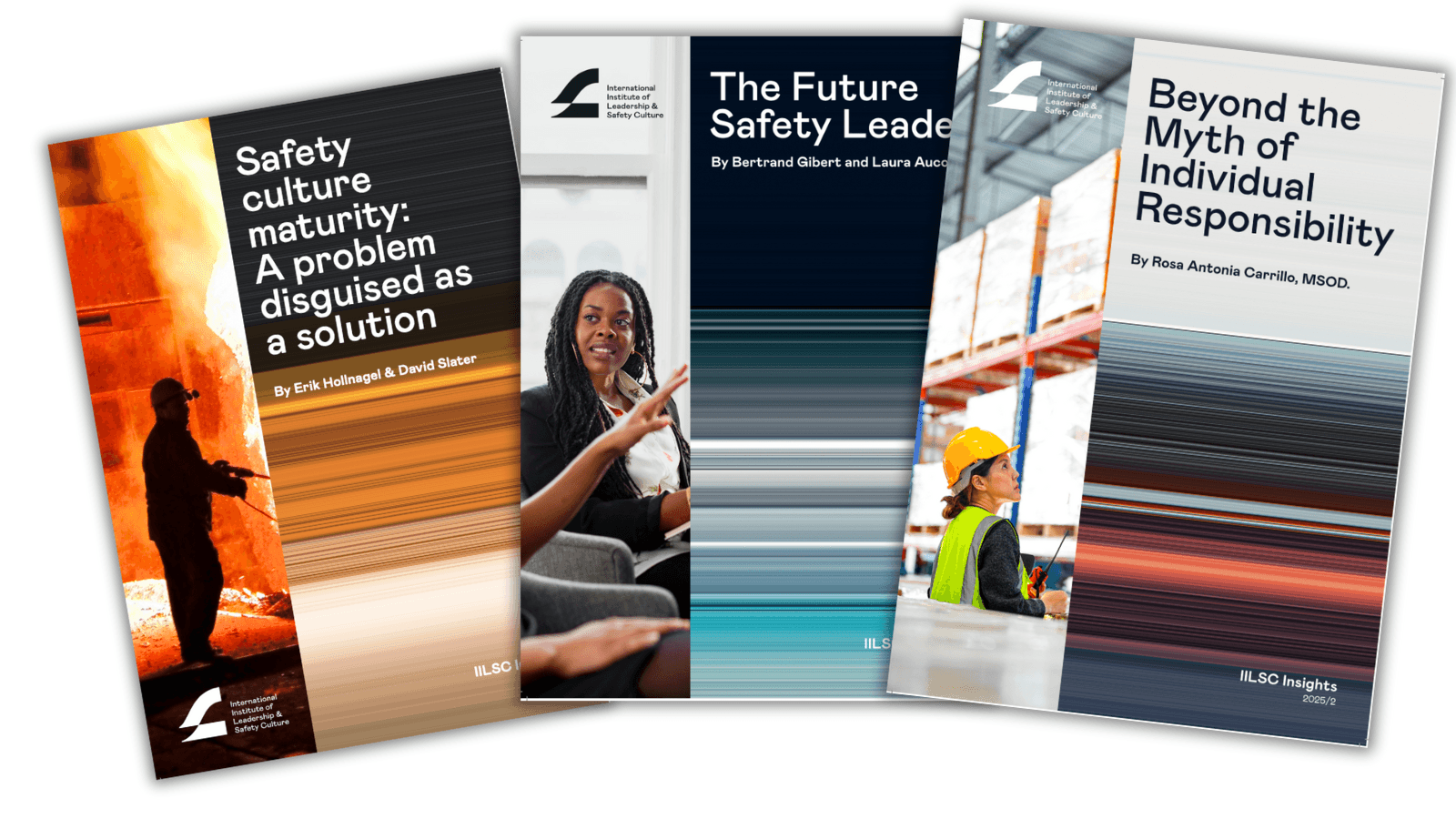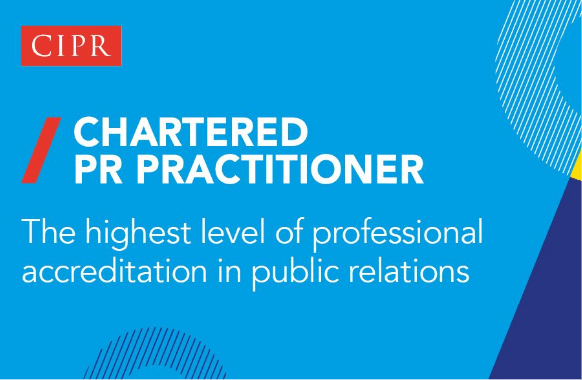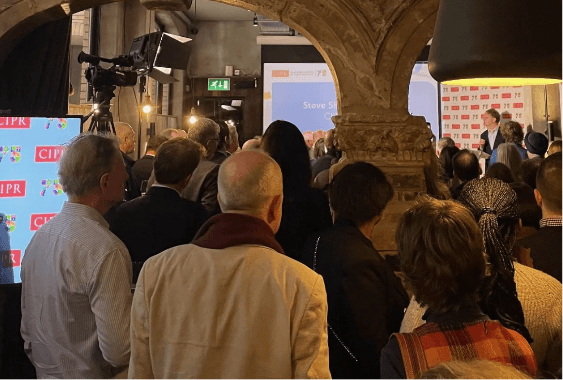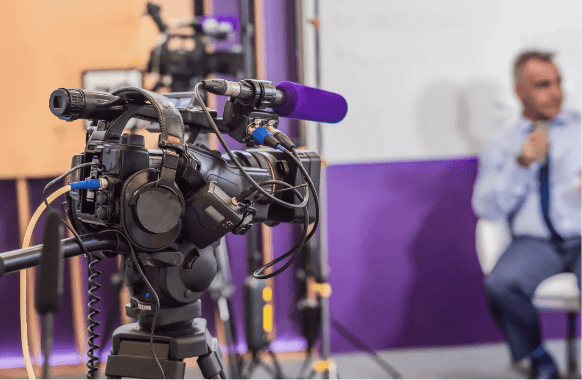Blogs&News
This is where we share with you what we've been up to, and share some key insights with you from the world of public relations.

DECEMBER 16, 2025 BY Sydney Ball
Telling your story shouldn’t be a struggle
Today, we are launching dedicated, low-cost content and PR packages designed for small, registered charities. Many organisations deliver powerful…

NOVEMBER 3, 2025 BY Tim Walsh
White papers to showcase thought leadership
We are enjoying creating long-form content for our clients. With research and interviews and a clear picture of what we are trying to achieve, we…

FEBRUARY 14, 2025 BY Sydney Ball
Exploring PR: Insights from My First Week as a PR Apprentice
In National Apprenticeship Week, Branagh PR's new PR Assistant reports on her first week in the role.

MAY 29, 2023 BY Tim Walsh
Becoming a Chartered PR practitioner
My professional body, the Chartered Institute of Public Relations, has run a campaign to encourage members to become Chartered. I'm all for it, and…

FEBRUARY 28, 2023 BY Tim Walsh
Understand news values and think like a journalist
I was recently invited to join the advisory council to the Board of my professional body, the Chartered Institute of Public Relations (CIPR). I want…

FEBRUARY 28, 2023 BY Tim Walsh
Joining CIPR’s advisory council
I was recently invited to join the advisory council to the Board of my professional body, the Chartered Institute of Public Relations (CIPR). I want…

OCTOBER 8, 2022 BY Tim Walsh
Why would a journalist want to interview you?
This is not a rude question. As an ex-journalist, I knew the interview was often my best chance to get the story. For the interviewee, they can be a…